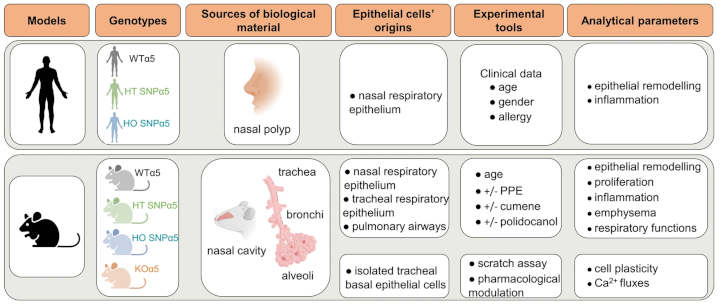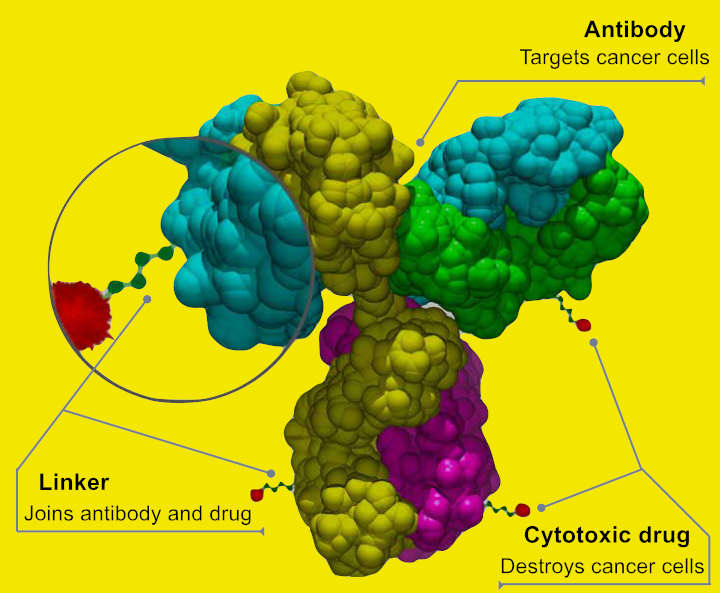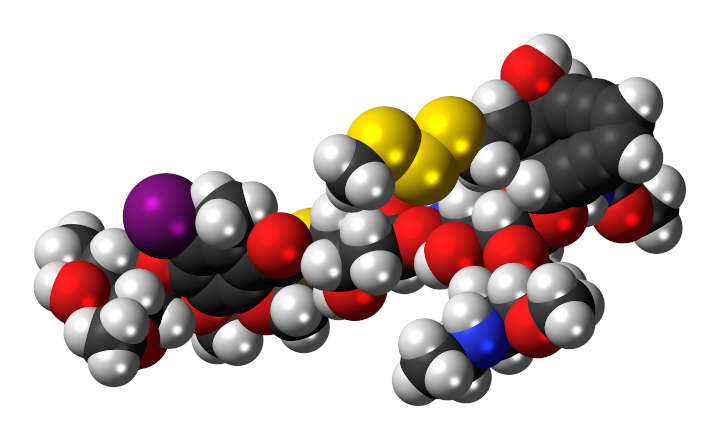Confirmation bias is a cognitive bias that occurs when individuals seek out and interpret information in a way that supports their preexisting beliefs and values. This leads to a biased perception of reality, as people will favour evidence that confirms their views while dismissing or overlooking contradictory information. Several factors contribute to confirmation bias. One…
Author: Ian Nicholson
Normalcy Bias – The Ostrich Effect
Normalcy bias, also known as normality bias, is a cognitive bias that leads people to underestimate or dismiss the likelihood and potential effects of a crisis or disaster. This bias often occurs because individuals believe that things will carry on as usual, despite any signs or warnings suggesting otherwise. As a result, people may not take the…
When Emotional Reappraisal Can Heighten Creativity
Researchers found that after practicing “emotional reappraisal.” conventional thinkers, those who rank low on openness to new ideas and experiences, came up with more creative ideas than their peers. Emotional reappraisal is when you look at a situation from a different emotional point of view. For example, you might try to see something that makes…
Stress Resilience Correlates With Regional Myelin Changes In The Brain
Acute stress is associated with increased myelination of axons in areas of the brain associated with memory and emotions, recent research shows. The study1, from scientists at the University of California, Berkeley, and UC San Francisco (UCSF), represents a potential explanation for why some people are quick to recover from, and others vulnerable to traumatic…
CHRNA5 Gene Mutation Contributing Factor To COPD Predisposition
Substituting a single nucleotide in the gene coding for the nicotinic acetylcholine receptor can lead to functional changes in airway cells and result in symptoms similar to COPD, independent of smoking, new research1 has found. Chronic obstructive pulmonary disease (COPD) is a progressive chronic respiratory disease characterized by permanently obstructed airways. Symptoms include a chronic…
Azithromycin Reduces Premature Births and Low Birth Weight
The antibiotic azithromycin reduced low birth weight and prematurity in Africa and Asia but didn’t lower infant deaths, infections or hospital admissions, a research review1 has found. In a systematic review and meta-analysis, researchers led by the Murdoch Children’s Research Institute (MCRI) reviewed 14 studies undertaken in African and Asian countries, involving 17,594 participants. This…
What Are Antibody-drug Conjugates?
Antibody-drug conjugates (ADCs) are a class of biopharmaceutical drugs designed as a targeted therapy for treating cancer. Unlike chemotherapy, ADCs are intended to target and kill tumor cells while sparing healthy cells. As of 2019, some 56 pharmaceutical companies were developing ADCs. Antibody-drug conjugates are complex molecules composed of an antibody linked to a biologically…
What Is Gemtuzumab Ozogamicin?
Gemtuzumab ozogamicin (brand name Mylotarg), is an antibody-drug conjugate used to treat acute myeloid leukemia. Gemtuzumab is a monoclonal antibody to CD33 linked to a cytotoxic agent from the class of calicheamicins. CD33 is expressed in most leukemic blast cells but also in normal hematopoietic cells, the intensity diminishing with maturation of stem cells. Mylotarg…
What Is Calicheamicin?
The calicheamicins are a class of enediyne antitumor antibiotics derived from the bacterium Micromonospora echinospora, with calicheamicin γ1 being the most notable. It was isolated originally in the mid-1980s from the chalky soil, or “caliche pits”, located in Kerrville, Texas. The sample was collected by a scientist employed by Lederle Labs (now part of Pfizer)…






